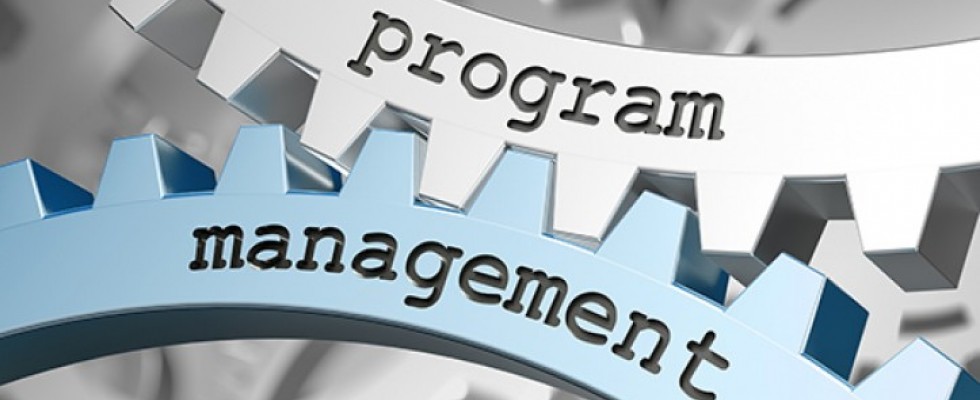
Right now, your competition is training. Are you?
While filling orders and working with your customers in a retail location are critical to operations, building a new training program from the ground up—in the middle of running your business—can feel like an insurmountable task.
Roadblocks will immediately start to pop up in the discussion, “We should wait until after the software update,” or, “We’re short-staffed right now.” I’m here to urge you to ignore those roadblocks and push ahead. Your training program will be the roadmap that you need to move effectively through roadblocks like these in the future.
View Your Training Program As a Product
Think of your training as a product—a product that you sell to your staff. This product is evolving, but it needs to connect to the bigger picture; it needs regular maintenance and it needs fine-tuning.
One of my biggest roadblocks was always the idea that this product and program had to be perfect, turning the project into something that I was forever working on but that was never quite ready. When I took a step back and thought about my training program as a product, it was easier to see that it didn’t need to be perfect. What I learned is that striving for perfection can hold back progress.
Every product we use today had an earlier version and a successor that got faster, better and stronger.
Consider Return on Investment
When a new employee is hired, out comes the trusty training plan, but when is the last time you looked at that plan and calculated its return on investment (ROI)?
Are the outcomes of that service studied, or are you simply checking things off your new-hire checklist?
Are your customers having an exceptional experience each time they interact with your organization?
Your training program is evolving with changing needs, and it needs more support than you may think. Imagine for a moment that your organization finally stretched the budget enough to buy a top-of-the line copy machine. The best machine was selected because of its ability to scan, copy, print and connect to your network. Now imagine on the day it arrives, shiny and full of potential, the copy machine gets plugged in and only used for photocopies. It never gets connected to your network, none of the shortcuts get programmed. It is difficult to scan something because it doesn’t save to your server. It never gets cleaned or maintained, and after a year of abuse it is dirty, squeaky and dying. That asset did not meet its potential, and it certainly did not give you the return on investment that you were expecting.
Invest in Your Employees
From a business standpoint, a new employee is a lot like that new copy machine—coming to you shiny and full of potential—a powerful tool, ready to be programmed. What is more cost effective? Paying a small maintenance fee to have the copier serviced regularly, or spending thousands to replace it the very next year? You save money when you continually educate your employees. You minimize the cost of new training efforts, and you reduce the service impact of understaffed or undereducated employees.
Ask Yourself These Questions
To develop and maintain effective programs, training and education coordinators need support from their directors, suppliers, their peers and from the workplace at large. Ask yourself:
- Do product manufacturers, software vendors and industry resources have ready-made training materials that we could take advantage of?
- Do I have top-down support from our organization to protect our training programs?
- Does the team buy into training as a priority?
- Have I taken a realistic look at the environment in which we deliver this training?
- Do we allow our staff the headspace to disconnect from daily challenges, and focus on training objectives?
- Who will take ownership of keeping our training materials up-to-date?
- Do we have firm dates and deliverables factored into our workflow?
Providing staff with resources and consistent education and support will help you to attract and retain the best talent in your field. A solid training plan is the cornerstone to an employee development program that will ensure you maximize your assets. An employee that is engaged and wants to grow, grows your business. In addition to saving money in training costs, maintaining your existing workforce will also fill your future promotion pool with lots of exciting options.
Think Before You Deploy Your Training Program
Most importantly, and most overlooked: Before you deploy a new training program, find a few benchmarks that you can capture as your "before" snapshot. Building and delivering a new training program is stressful, sometimes besieged by opposition and hindered by time limitations.
By reserving some before data, you will not only be able to prove the effectiveness of your program, but that data will be the boost you need to keep going. After all, you know which products on your shelf sell best, why not measure your training topics the same way?
Calculate ROI
You’ve spent money and lots of time to produce that training product, now let’s be sure it was worth it. By capturing the before and after figures you could easily take the difference and divide that by your training costs, multiplied by 100 percent to give you hard numbers to use. Results over 100 percent mean that the program succeeded; while anything under means the cost to produce the product outweighed the actionable change the training created.
Renew Your Training Goals for 2018
- Get a basic plan together, one that covers basic job functions so that your staff can perform.
- Start small, tackle one training plan such as a new hire training schedule or even ongoing education for one department.
Remember: Each time you deliver your product, you will find the fine-tuning opportunities—those enhancements that you want to make. The payoff may seem down the road, but it will come. Stay tuned.
